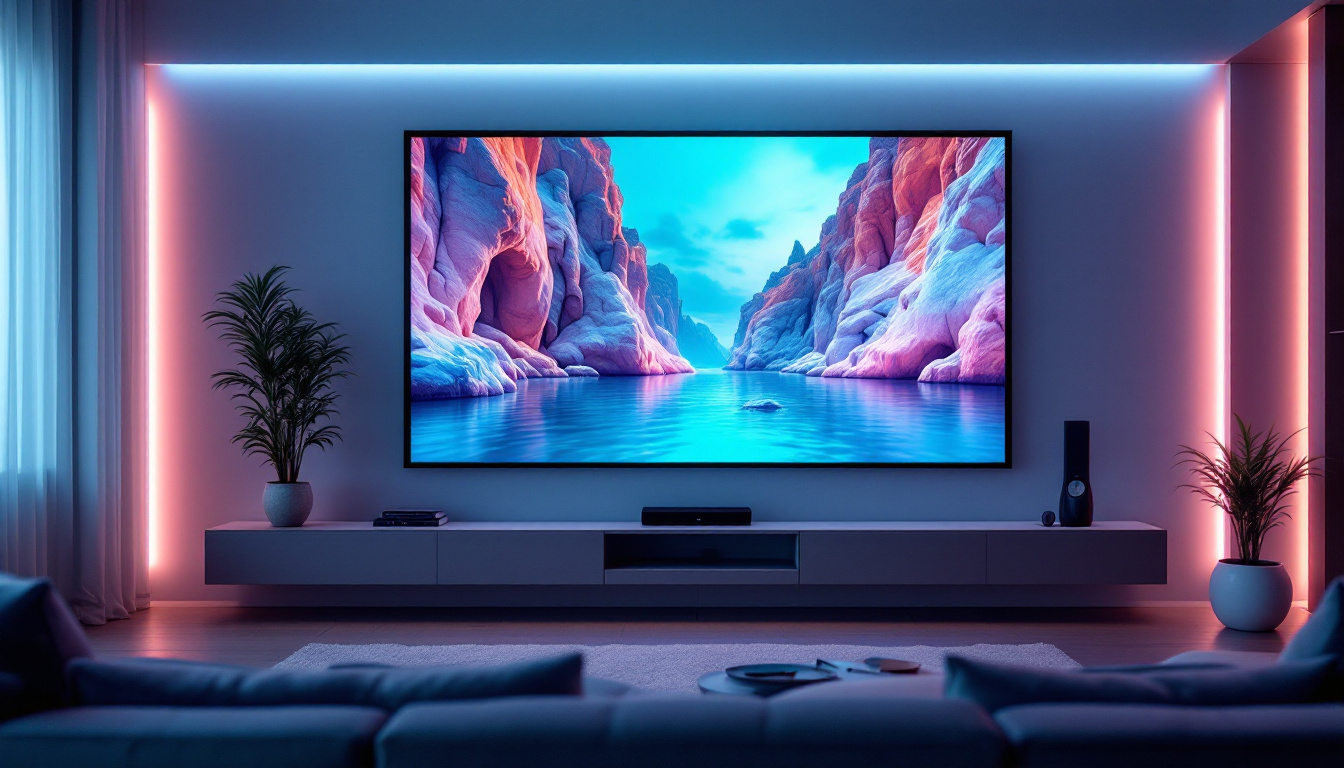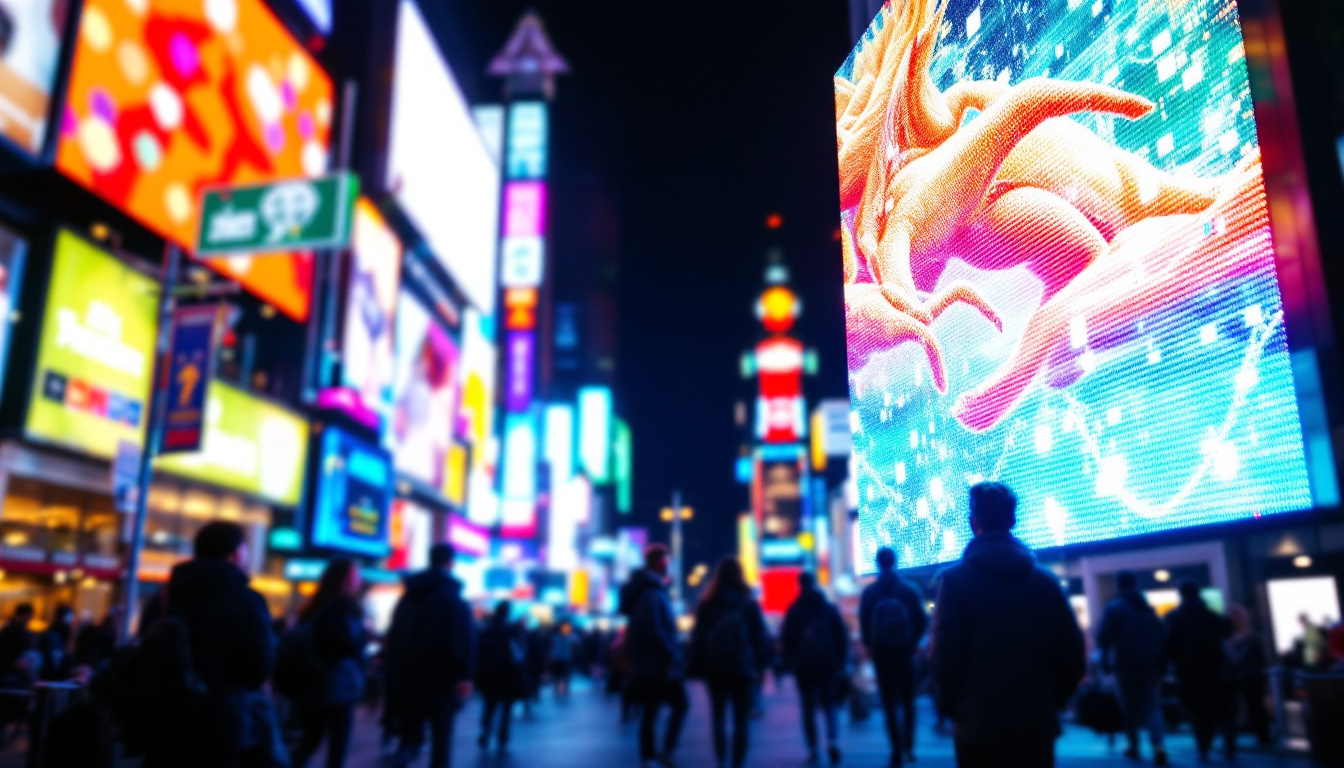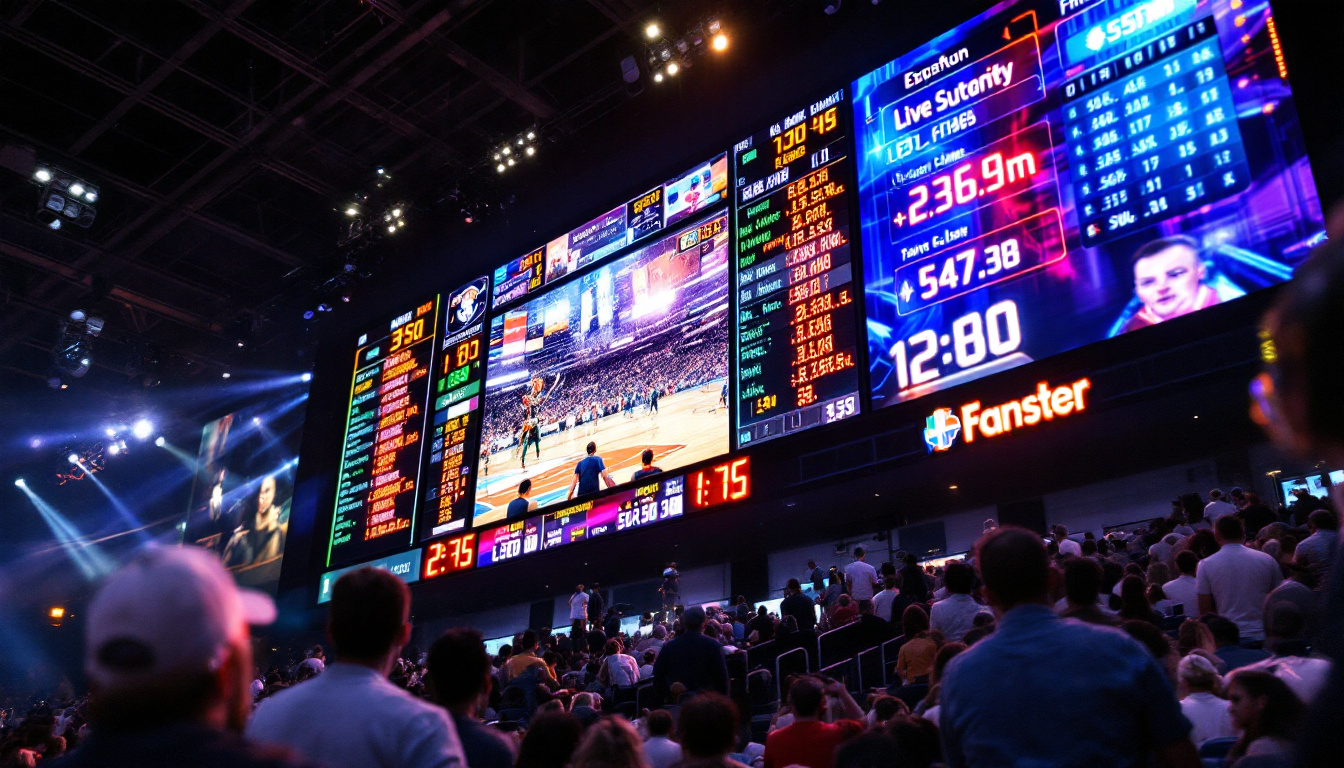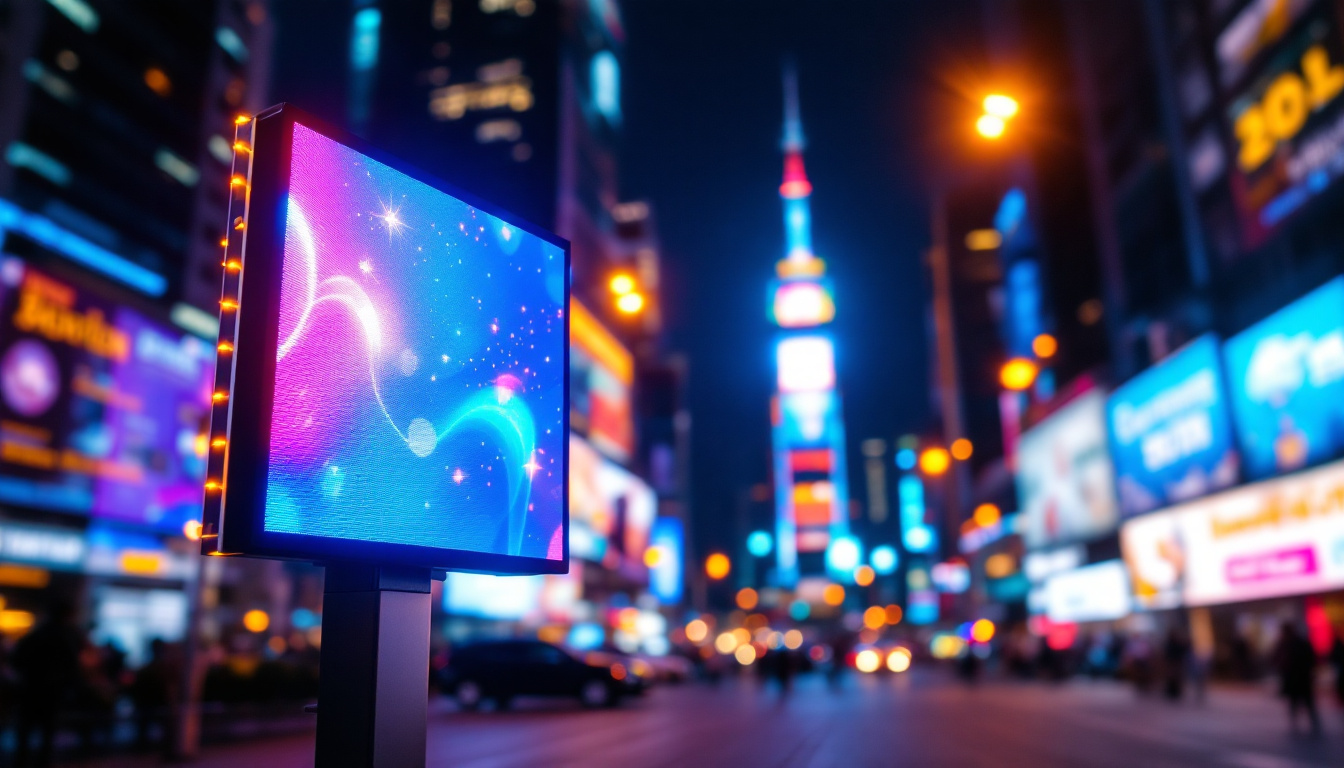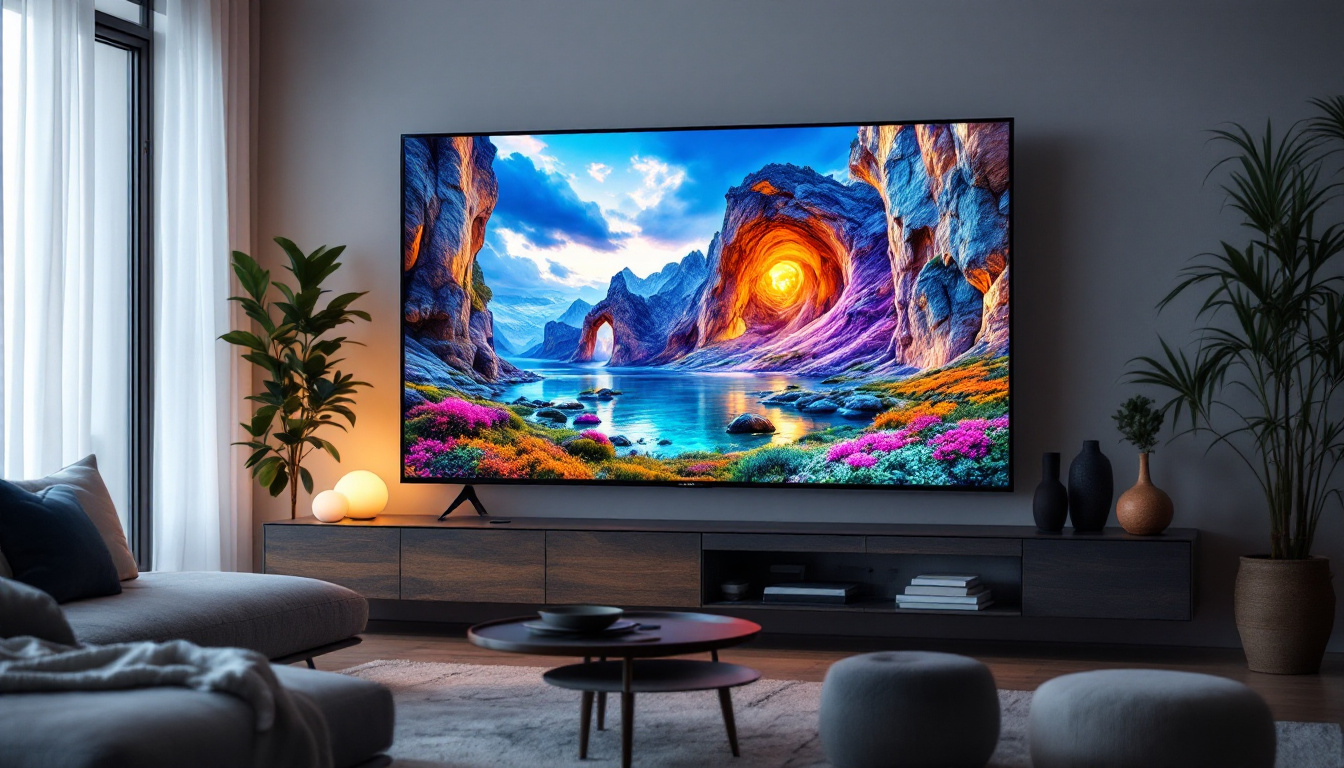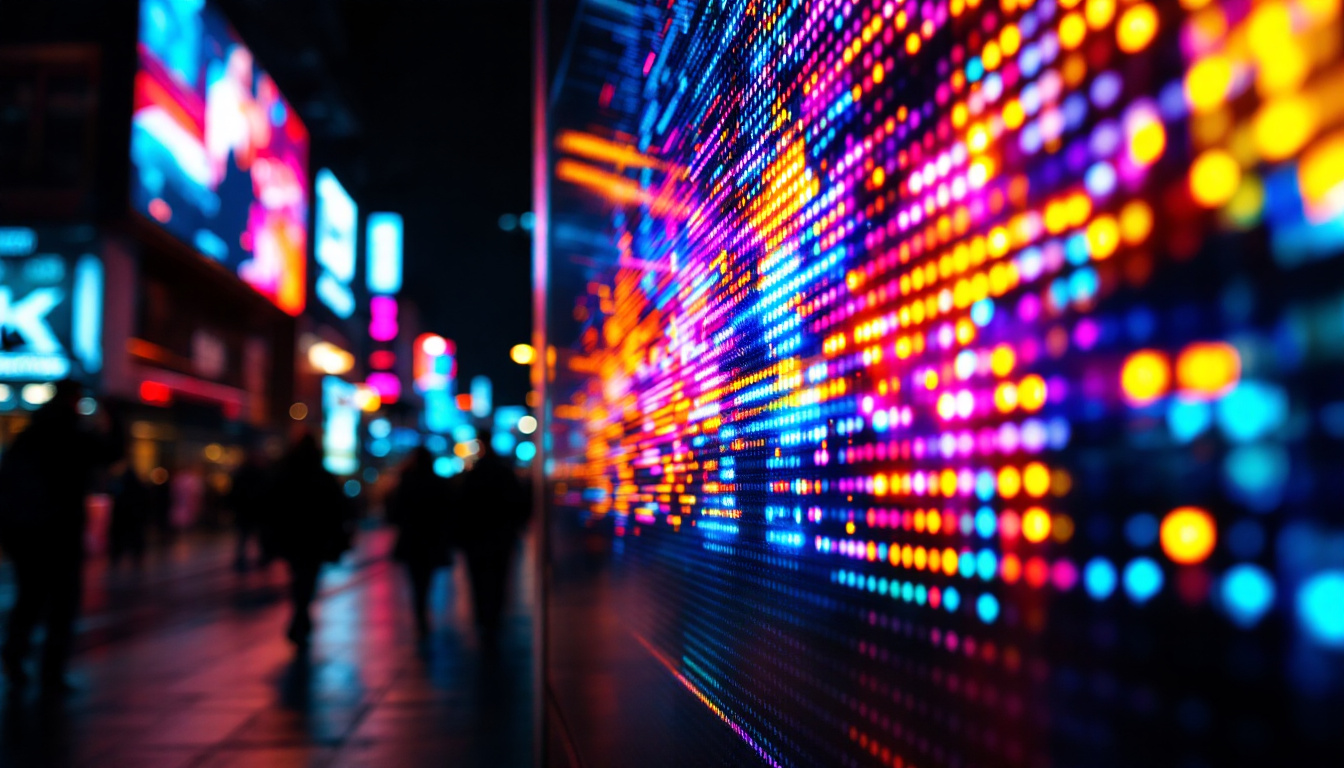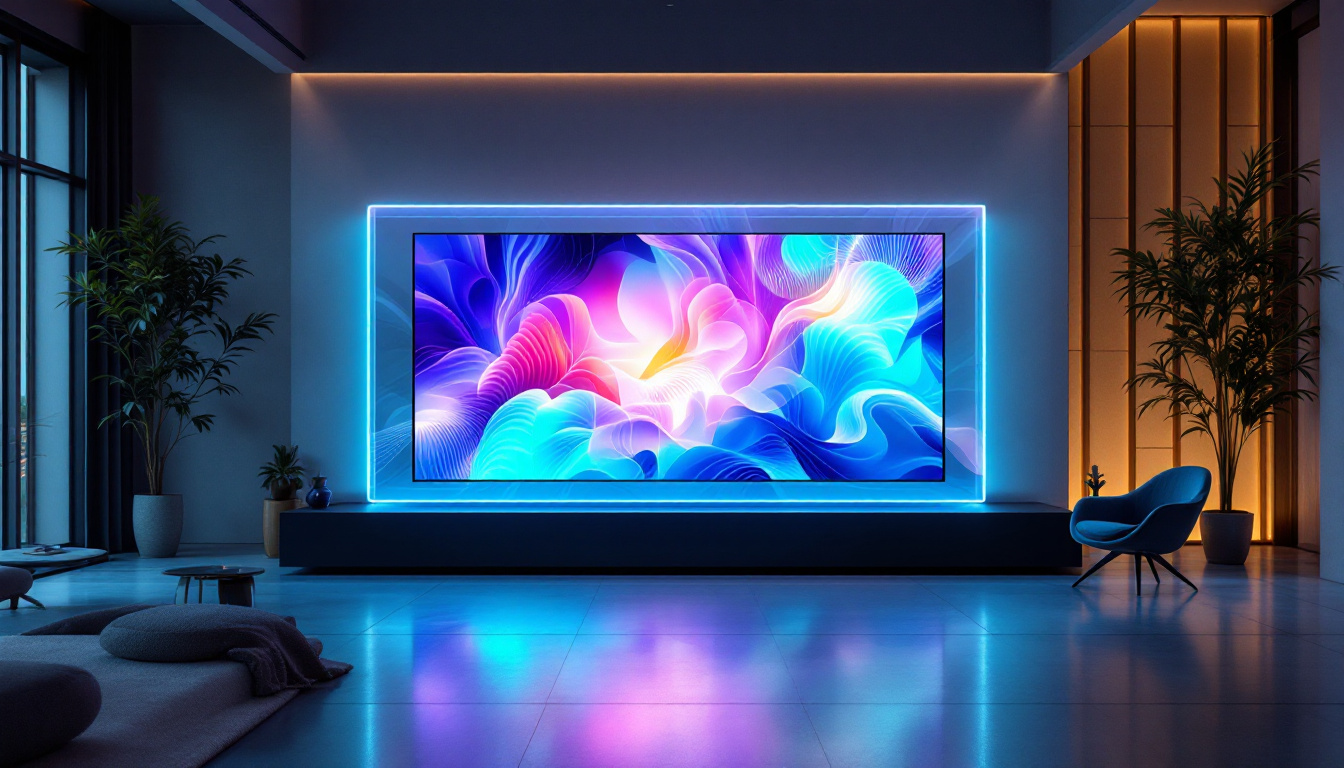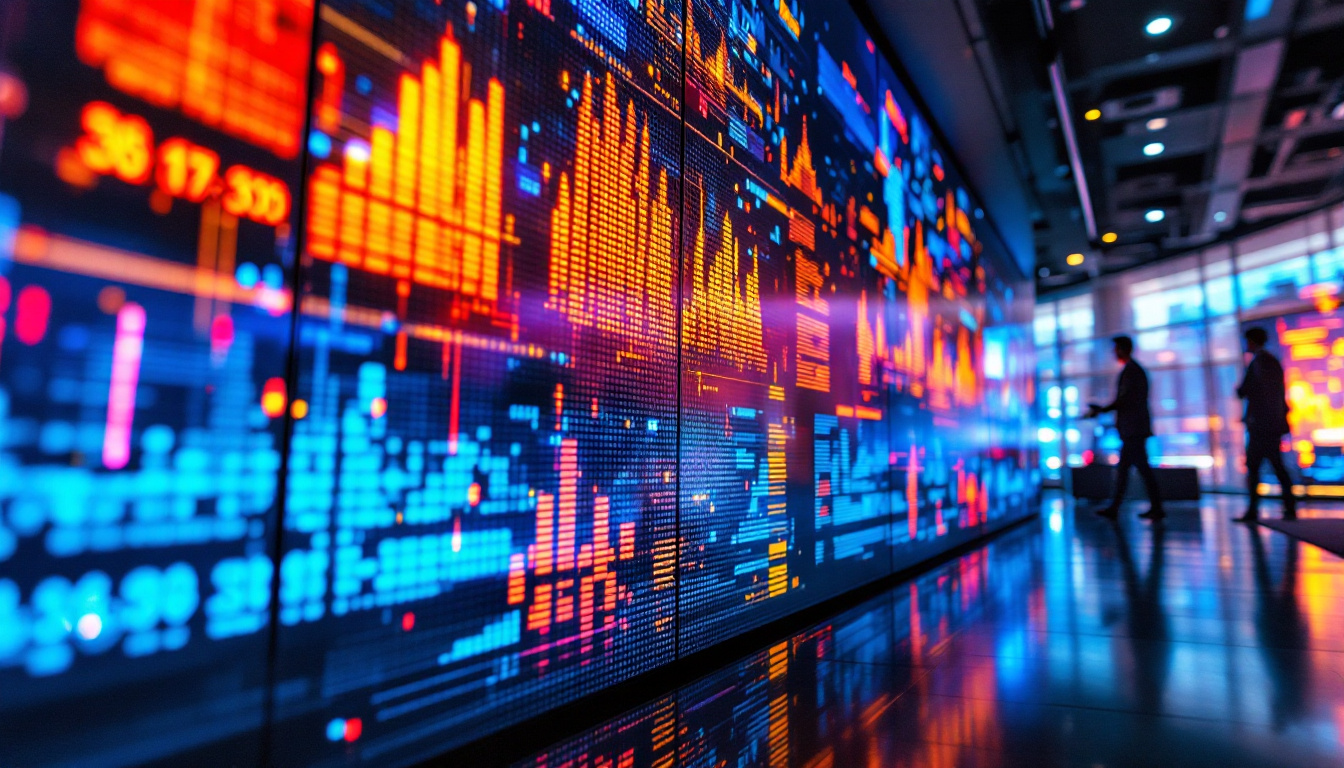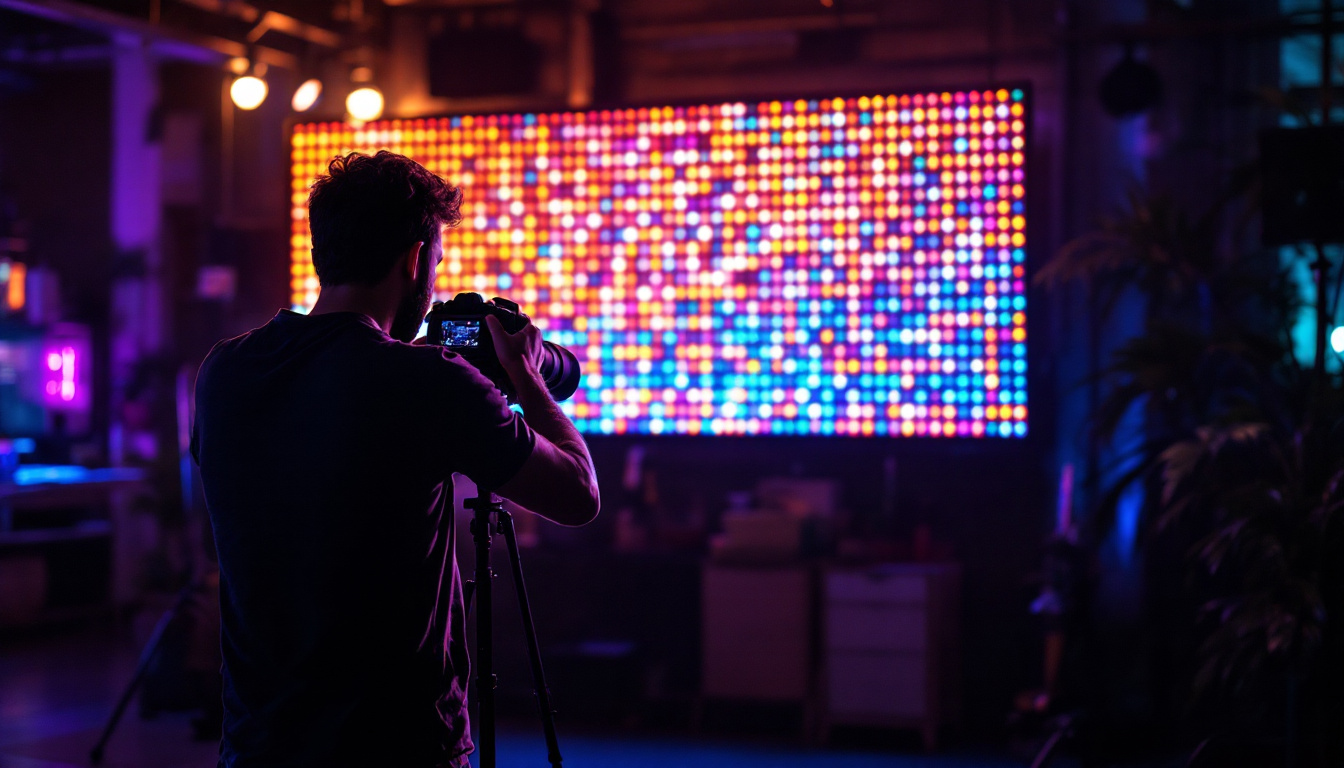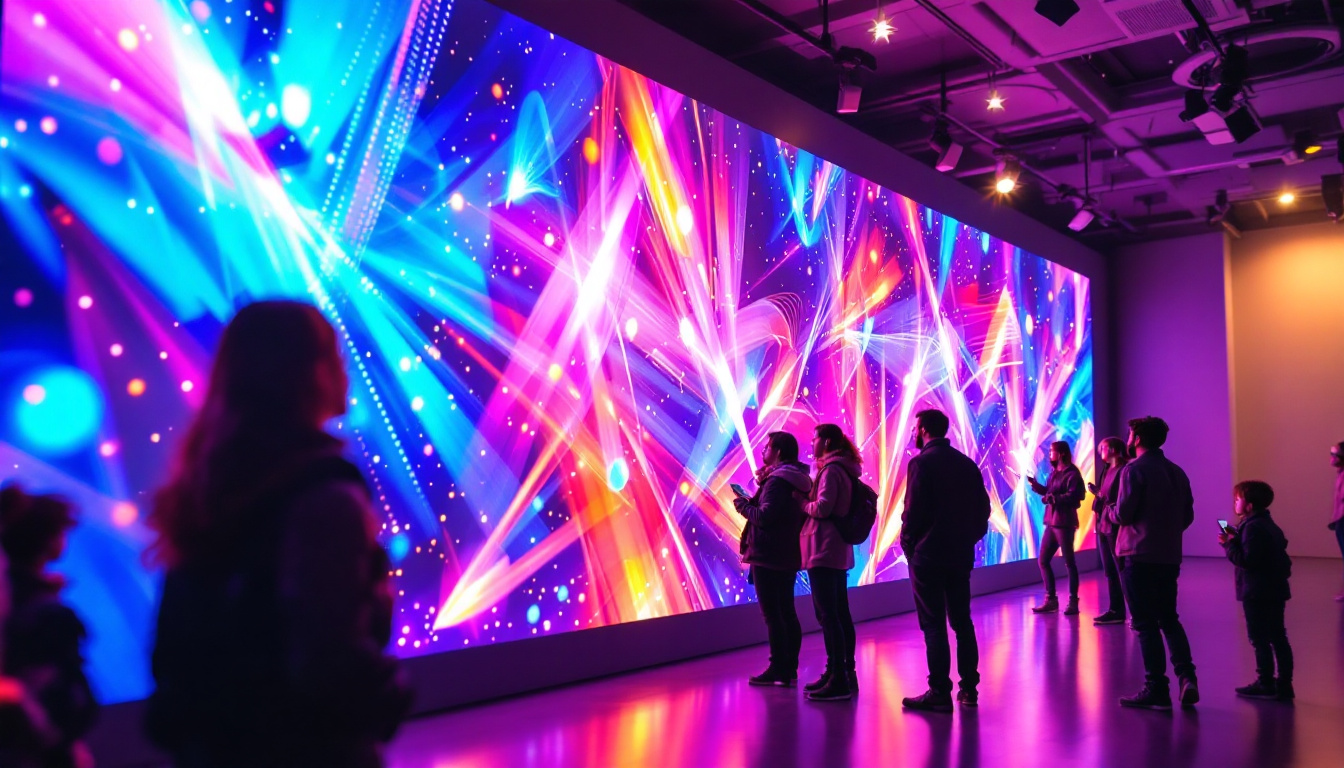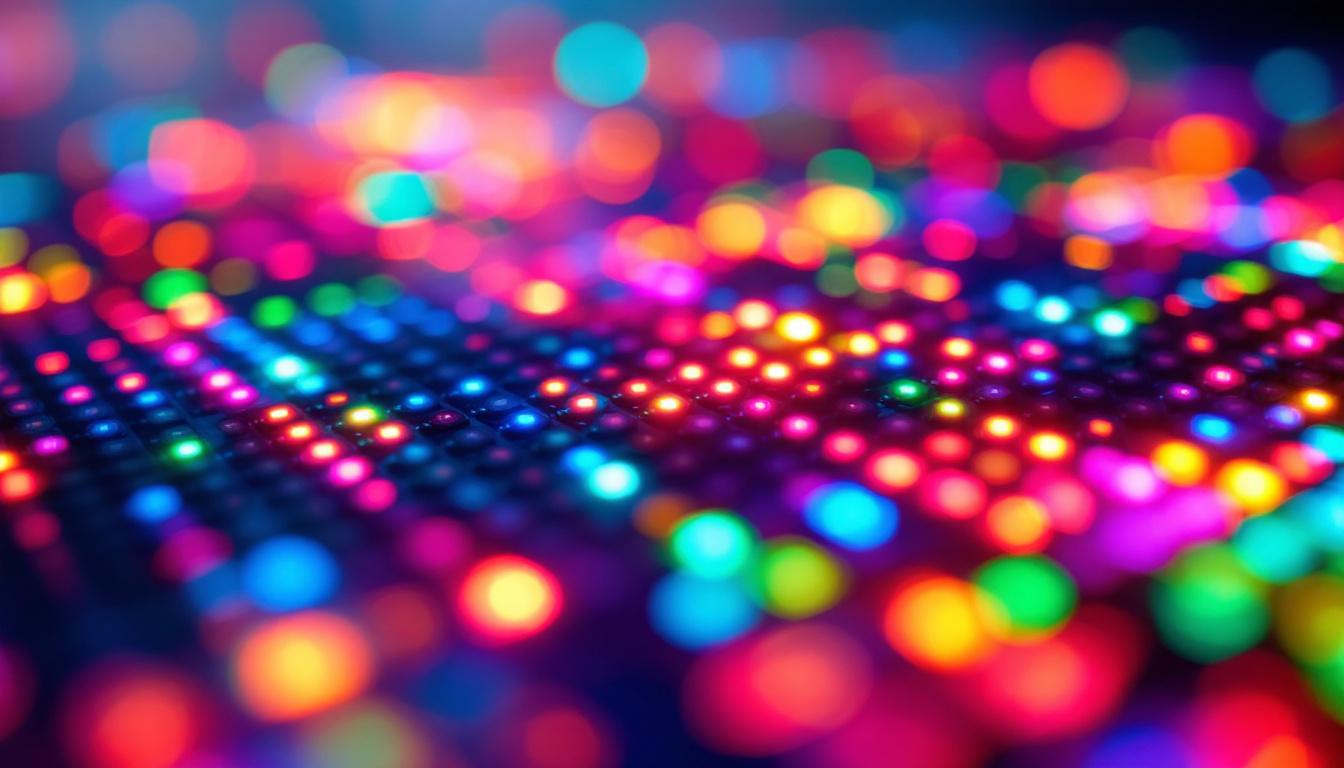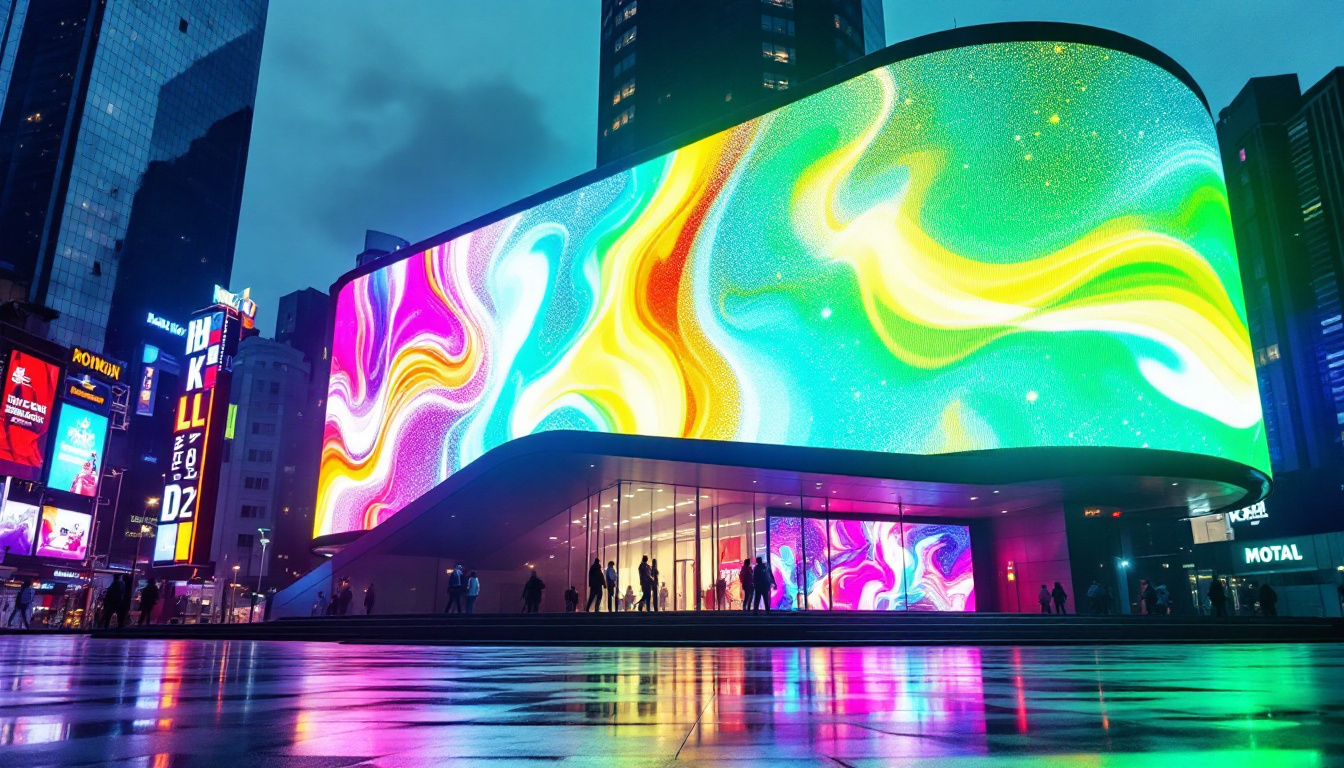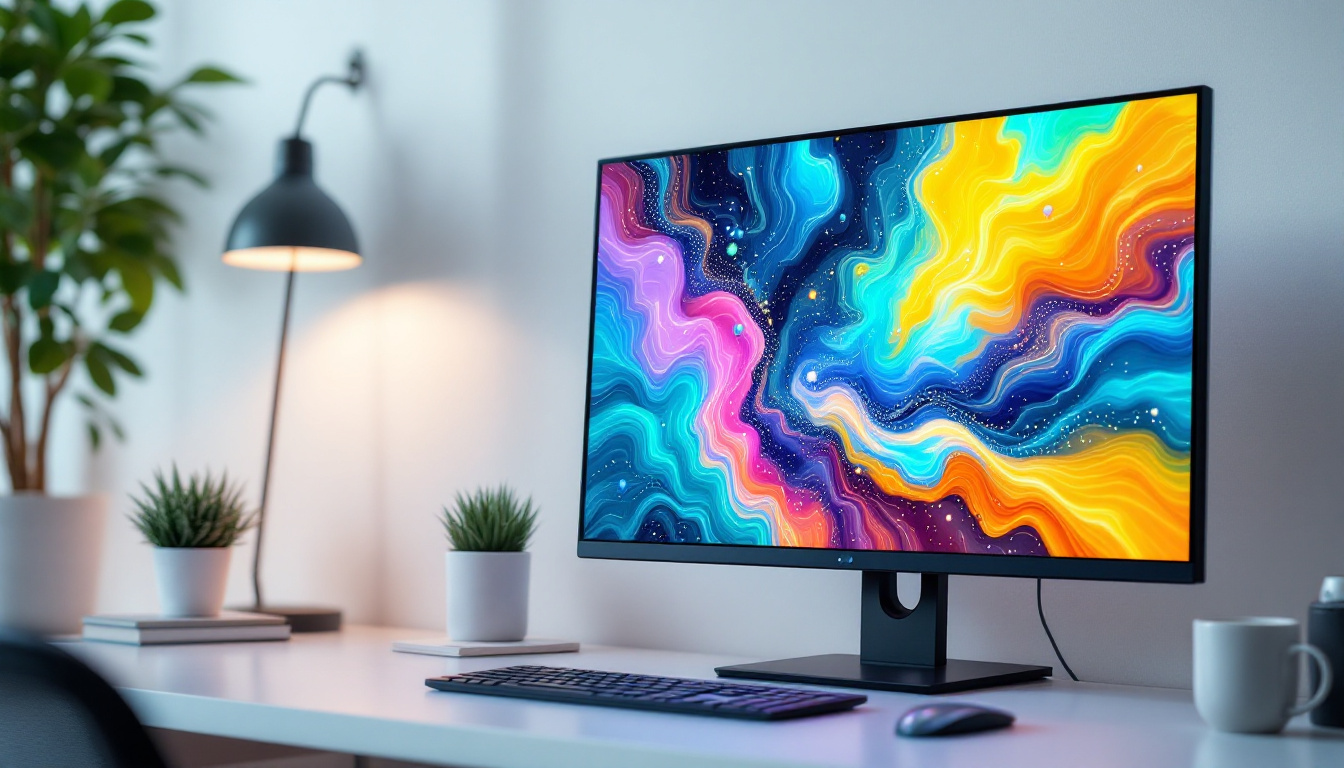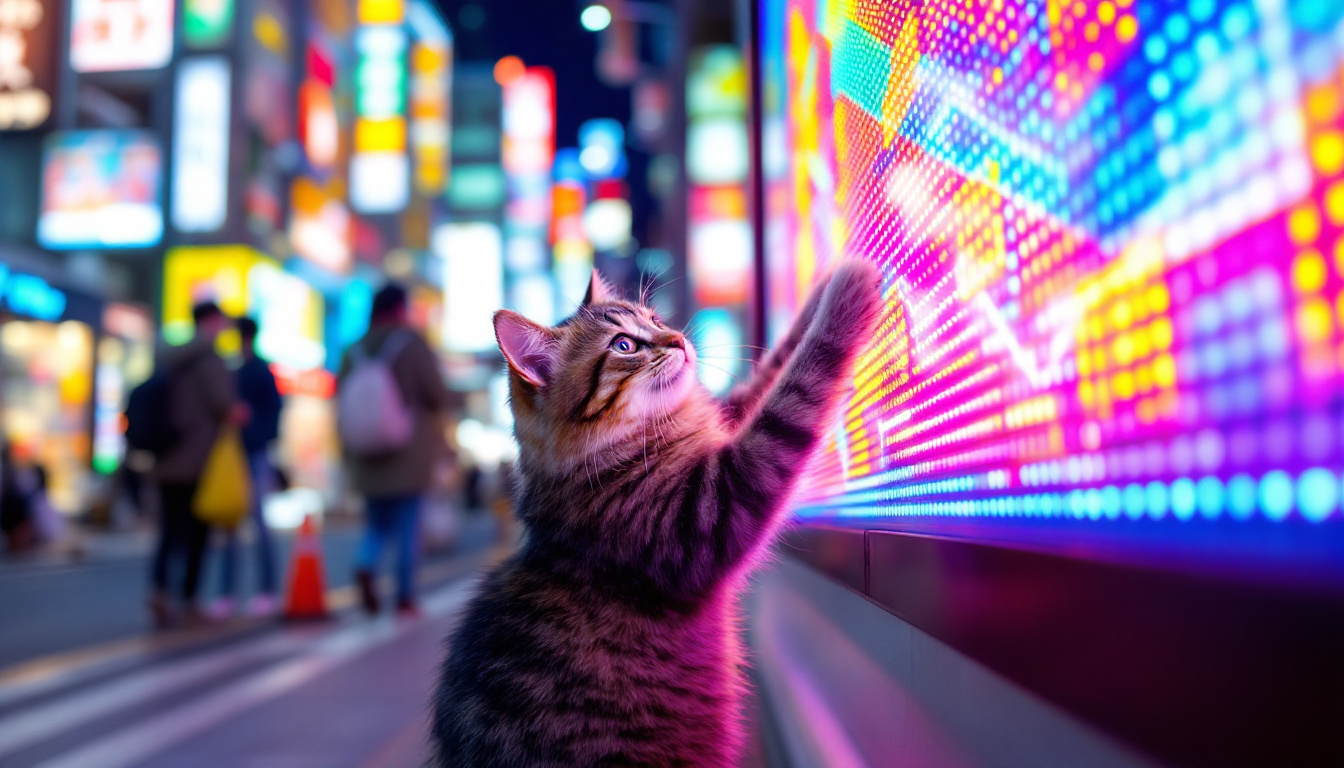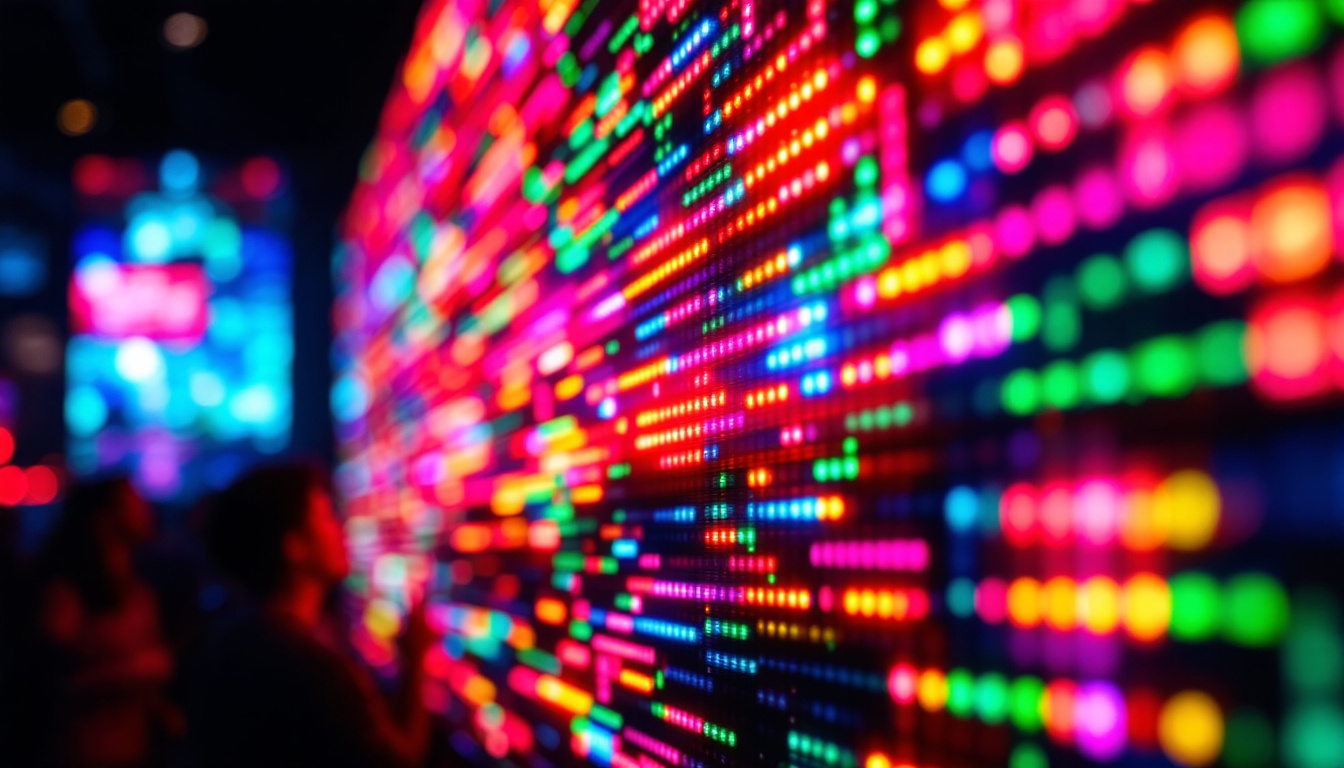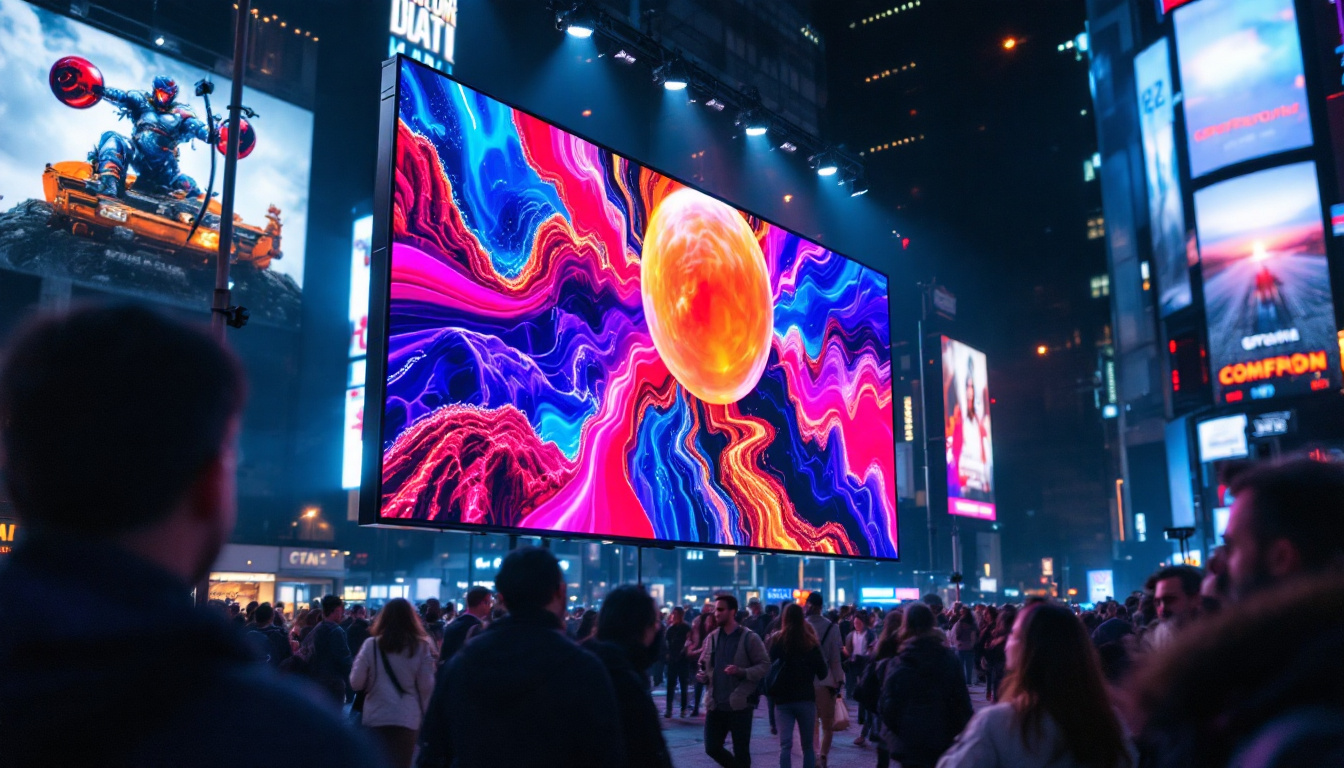In today’s digital age, the monitor screen display plays a crucial role in how we interact with technology. Among the various types of displays available, LED (Light Emitting Diode) displays have gained immense popularity due to their superior performance and efficiency. This article delves into the intricacies of LED displays, exploring their technology, benefits, and applications.
Understanding LED Technology
LED technology has revolutionized the way screens display images and videos. Unlike traditional LCD (Liquid Crystal Display) screens that rely on fluorescent backlighting, LED screens utilize an array of tiny light-emitting diodes to produce vibrant images. This fundamental shift in technology has led to several advantages that enhance the viewing experience. The transition from older technologies to LED has not only improved the visual quality but has also contributed to energy efficiency, making LED screens a more sustainable choice for consumers and manufacturers alike.
How LED Displays Work
At the core of an LED display are the individual diodes that emit light when an electric current passes through them. These diodes can be arranged in various configurations, including edge-lit and direct-lit designs. In edge-lit displays, LEDs are positioned along the edges of the screen, while direct-lit displays feature an array of LEDs behind the screen itself. This arrangement allows for more precise control over the lighting, which can significantly enhance the overall picture quality.
The ability of LEDs to emit light in different colors allows for a wide range of hues and shades to be displayed. This results in more accurate color reproduction and deeper contrasts compared to traditional displays. Additionally, LED technology can achieve higher brightness levels, making it suitable for various lighting conditions. The rapid response time of LEDs also contributes to smoother motion in fast-paced scenes, making them particularly popular for gaming and action films.
Types of LED Displays
There are several types of LED displays, each catering to specific needs and preferences. The most common types include:
- OLED (Organic Light Emitting Diode): This technology uses organic compounds that emit light when an electric current is applied. OLED displays offer exceptional contrast ratios and color accuracy, making them ideal for high-end televisions and smartphones. The self-emissive nature of OLED means that each pixel can turn off completely, resulting in true blacks and an immersive viewing experience.
- Mini-LED: A newer technology that utilizes smaller LEDs for backlighting, Mini-LED displays provide improved local dimming and enhanced contrast, resulting in a more dynamic picture quality. This innovation allows for finer control over brightness levels across the screen, which is particularly beneficial for HDR (High Dynamic Range) content.
- MicroLED: This advanced technology uses microscopic LEDs to create individual pixels. MicroLED displays promise even greater brightness and energy efficiency, along with the potential for seamless large-scale displays. With their modular design, MicroLED screens can be customized to various sizes without compromising image quality, making them a versatile choice for both commercial and residential applications.
Furthermore, the ongoing development in LED technology has led to innovations such as flexible displays, which can be bent or curved to fit different environments and applications. This adaptability opens up new possibilities for creative design in both consumer electronics and advertising. As manufacturers continue to push the boundaries of what LED technology can achieve, we can expect even more exciting advancements in the years to come, enhancing not only how we view content but also how we interact with it.
Advantages of LED Displays
LED displays offer a multitude of benefits that make them a preferred choice for consumers and professionals alike. From energy efficiency to superior image quality, these advantages contribute to their widespread adoption.
Energy Efficiency
One of the most significant advantages of LED displays is their energy efficiency. Compared to traditional LCDs and CRTs (Cathode Ray Tubes), LED screens consume less power while delivering brighter images. This not only leads to lower electricity bills but also reduces the overall carbon footprint, making LED displays an environmentally friendly option. Furthermore, many LED displays utilize advanced technology such as dimming and adaptive brightness, which further enhances their energy-saving capabilities. This means that during low-light conditions, the display can automatically adjust its brightness, conserving even more energy without compromising on quality.
Enhanced Image Quality
LED displays are renowned for their exceptional image quality. With higher contrast ratios, deeper blacks, and brighter whites, they provide a more immersive viewing experience. The ability to display a broader range of colors allows for more lifelike images, making them ideal for applications such as graphic design, gaming, and video editing. In addition, the rapid response time of LED technology minimizes motion blur, which is particularly beneficial for fast-paced video content and gaming. This results in smoother transitions and a more enjoyable viewing experience, allowing users to fully engage with the content on screen.
Longevity and Durability
LED technology is known for its longevity. LED displays typically have a lifespan of 30,000 to 50,000 hours, significantly outlasting traditional display technologies. This durability translates to less frequent replacements and lower maintenance costs, making LED displays a wise investment for both personal and professional use. Moreover, many LED displays are designed to withstand harsh environmental conditions, making them suitable for outdoor applications as well. Their resistance to shock and vibration further enhances their reliability, ensuring consistent performance even in demanding situations. This robustness makes LED displays a favored choice for signage in busy urban areas, where they can effectively convey messages in various weather conditions.
Applications of LED Displays
The versatility of LED displays has led to their application across various fields. From consumer electronics to commercial advertising, their impact is evident in numerous sectors.
Consumer Electronics
In the realm of consumer electronics, LED displays are ubiquitous. They are found in televisions, computer monitors, smartphones, and tablets. The demand for high-definition content has driven manufacturers to adopt LED technology to meet consumer expectations for superior image quality. Innovations such as OLED (Organic Light Emitting Diode) and QLED (Quantum Dot Light Emitting Diode) have further enhanced the viewing experience, providing deeper blacks, brighter colors, and wider viewing angles. As technology continues to advance, we can expect to see even more immersive experiences in home entertainment systems, with features like 8K resolution and enhanced HDR (High Dynamic Range) capabilities becoming more prevalent.
Advertising and Signage
LED displays have transformed the advertising landscape. Billboards, storefronts, and digital signage utilize LED technology to capture attention with vibrant colors and dynamic content. Their ability to display moving images and animations makes them particularly effective for marketing campaigns. Moreover, the programmability of LED displays allows businesses to tailor their messages in real-time, adapting to different audiences and times of day. This flexibility not only maximizes engagement but also optimizes advertising spend, as businesses can rotate promotions and announcements seamlessly. With the rise of smart city initiatives, LED displays are also being integrated into urban environments, providing real-time information and enhancing the overall aesthetic appeal of public spaces.
Medical and Industrial Applications
Beyond consumer use, LED displays are also employed in medical and industrial settings. In medical imaging, LED screens provide high-resolution images that are crucial for accurate diagnoses. The clarity and brightness of LED technology are vital in applications such as radiology and pathology, where detail can significantly influence treatment decisions. Similarly, in industrial environments, LED displays are used for monitoring systems and control panels, offering clear visibility in various lighting conditions. They are often utilized in factory floors and warehouses to display critical information such as production metrics, safety alerts, and equipment status. The durability and energy efficiency of LED displays make them ideal for these demanding environments, where reliability and performance are paramount. Furthermore, as industries move towards automation and smart technologies, the integration of LED displays with IoT (Internet of Things) systems is paving the way for more intelligent and responsive operational frameworks.
Challenges and Considerations
While LED displays offer numerous advantages, there are also challenges and considerations to keep in mind. Understanding these factors can help consumers make informed decisions when selecting a display.
Cost Implications
Although LED technology has become more affordable over the years, high-end models, especially those with advanced features like OLED or MicroLED, can still come with a hefty price tag. Consumers should weigh the cost against their specific needs and budget when considering an LED display.
Viewing Angles
Another consideration is the viewing angle of LED displays. While many modern LED screens offer improved viewing angles, some models may still suffer from color distortion or reduced brightness when viewed from the side. This can be particularly important in settings where multiple viewers are present.
Potential for Burn-In
Certain types of LED displays, particularly OLED screens, can be susceptible to burn-in, where static images leave a permanent mark on the screen. While this is less of a concern with traditional LED displays, it remains a consideration for consumers who plan to use their screens for static content.
Future Trends in LED Display Technology
The future of LED display technology is bright, with ongoing advancements promising even greater performance and capabilities. As technology evolves, several trends are emerging that could shape the landscape of display technology.
Higher Resolutions
As content continues to evolve towards higher resolutions, the demand for displays that can keep up is increasing. 8K resolution is becoming more common, and LED technology is poised to meet this demand with improved pixel density and clarity.
Flexible and Transparent Displays
Innovations in LED technology are also leading to the development of flexible and transparent displays. These displays can be integrated into various surfaces, creating new possibilities for design and functionality. For instance, transparent displays could revolutionize advertising by allowing digital content to overlay real-world environments.
Smart Display Integration
As the Internet of Things (IoT) continues to expand, smart display integration is becoming increasingly prevalent. LED displays will likely incorporate advanced features such as voice control, connectivity with other smart devices, and interactive capabilities, enhancing user experience.
Conclusion
LED displays have undoubtedly transformed the way we experience visual content. With their energy efficiency, superior image quality, and versatility, they have become the go-to choice for a wide range of applications. While challenges remain, ongoing advancements in technology promise to address these issues and further enhance the capabilities of LED displays.
As consumers and industries alike continue to embrace LED technology, it is clear that the future of monitor screen displays is bright. Whether in the realm of entertainment, advertising, or professional applications, LED displays are set to play a pivotal role in shaping our visual experiences for years to come.
Discover the Future of Visual Experience with LumenMatrix
Ready to elevate your visual communication and engage with your audience like never before? Explore LumenMatrix’s comprehensive range of LED display solutions, where innovation meets excellence. From captivating Indoor and Outdoor LED Wall Displays to dynamic Vehicle and Sports LED Displays, each product is designed to create unforgettable visual experiences. Whether you’re looking to enhance brand visibility with a Custom LED Display or engage customers with an All-in-One LED Display, LumenMatrix has the cutting-edge technology to bring your vision to life. Don’t miss the opportunity to transform your space with our LED Transparent Display or Floor LED Display options. Check out LumenMatrix LED Display Solutions today and join the revolution in visual communication.


